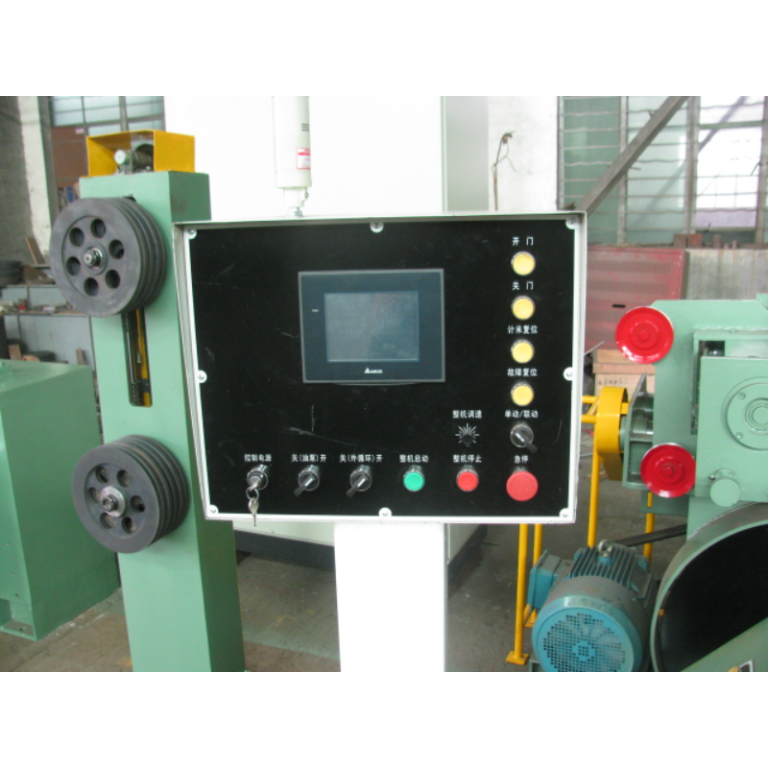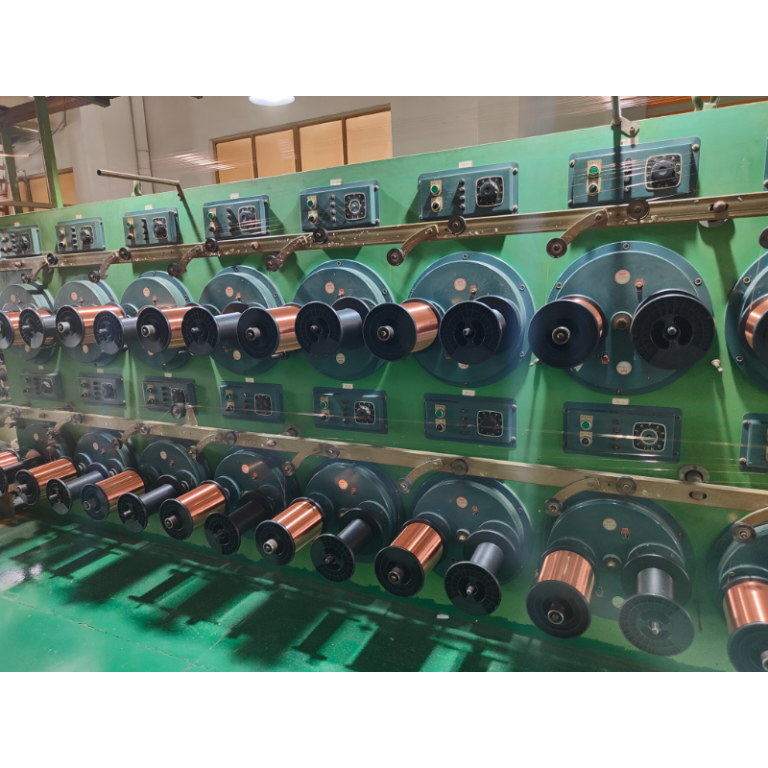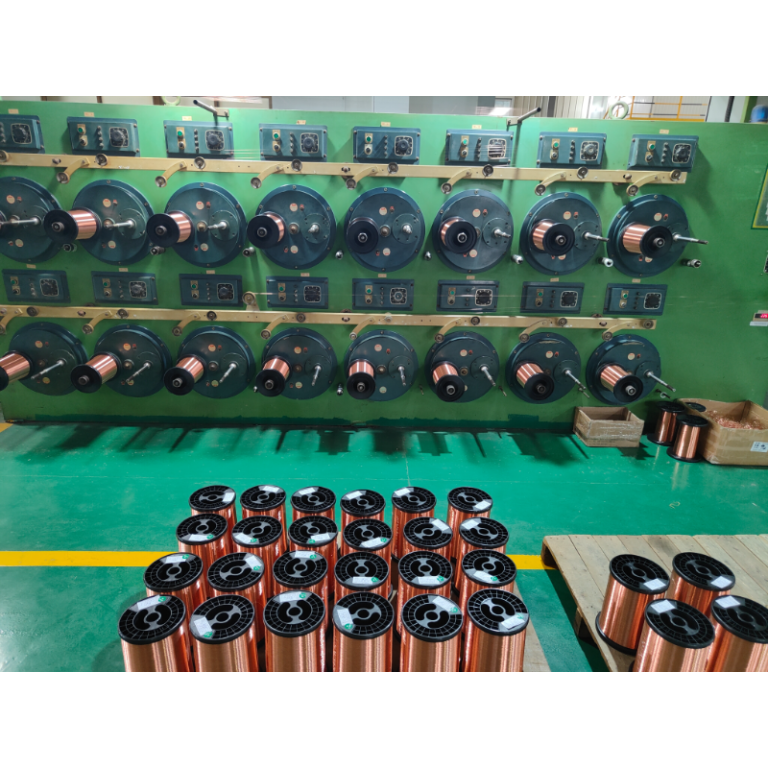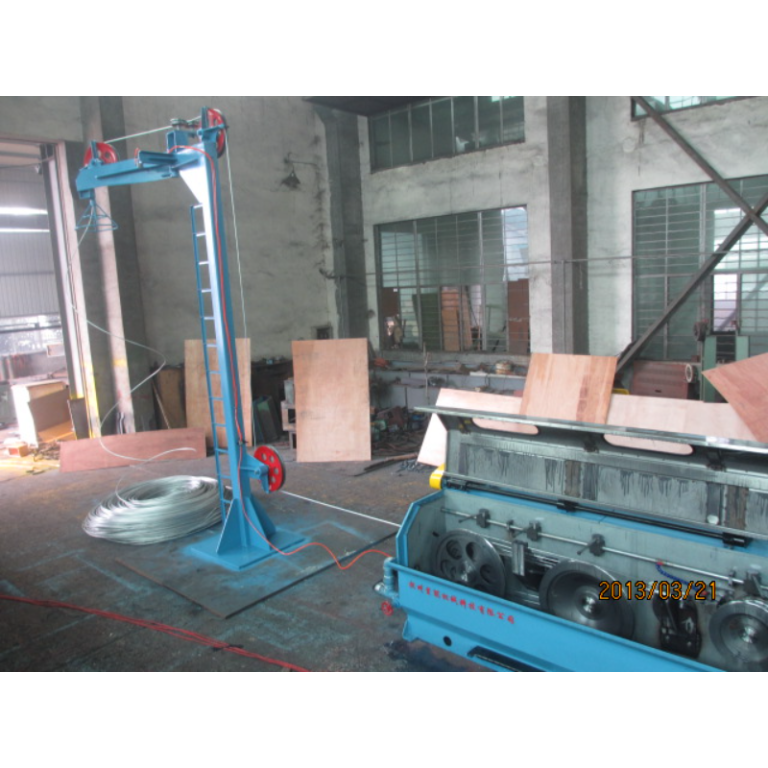Voordelen van het gebruik van aluminiumdraad bij het tekenproces
Een van de belangrijkste voordelen van het gebruik van aluminiumdraad en nbsp;in het tekenproces is het lichte karakter ervan. Aluminium is aanzienlijk lichter dan koper, waardoor het gemakkelijker te hanteren en te transporteren is. Dit kan leiden tot kostenbesparingen voor fabrikanten, omdat lichtere materialen minder energie nodig hebben om te produceren en te verzenden. Bovendien maakt het lichtgewicht karakter van aluminiumdraad het ideaal voor toepassingen waarbij gewicht een probleem is, zoals in de lucht- en ruimtevaart- en auto-industrie.

Een ander voordeel van het gebruik van aluminiumdraad bij het trekproces is de uitstekende geleidbaarheid. Terwijl koper bekend staat om zijn hoge geleidbaarheid, blijft aluminium niet ver achter. Aluminium heeft zelfs ongeveer 61 procent van de geleidbaarheid van koper, waardoor het voor veel toepassingen een geschikt alternatief is. Door deze hoge geleidbaarheid kan aluminiumdraad efficiënt elektriciteit overbrengen, waardoor het een betrouwbare keuze is voor elektrische bedrading en andere toepassingen waarbij geleidbaarheid cruciaal is.
Naast het lichte karakter en de uitstekende geleidbaarheid
Aluminiumplaatdraadtrekmachine Concluderend: de voordelen van het gebruik van aluminiumdraad bij het trekproces maken het voor veel toepassingen tot een haalbaar alternatief voor koper. Het lichte karakter, de uitstekende geleidbaarheid, de corrosieweerstand en de kosteneffectiviteit maken het een aantrekkelijke optie voor fabrikanten die de productiekosten willen verlagen en de productprestaties willen verbeteren. Hoewel er enkele beperkingen zijn aan het gebruik van aluminiumdraad, verbeteren voortdurende onderzoeks- en ontwikkelingsinspanningen voortdurend de sterkte en duurzaamheid van aluminiumlegeringen, waardoor ze een concurrerende keuze worden voor een breed scala aan toepassingen. also offers superior corrosion resistance. Unlike copper, which is prone to corrosion over time, aluminum is highly resistant to rust and other forms of corrosion. This makes aluminum wire a durable and long-lasting option for applications where exposure to moisture or harsh environments is a concern. Additionally, the corrosion resistance of aluminum wire can help extend the lifespan of products and reduce maintenance costs over time.
Furthermore, aluminum wire is more cost-effective than copper, making it an attractive option for manufacturers looking to reduce production costs. The price of aluminium is typically lower than that of copper, making it a more affordable material for wire drawing processes. Additionally, the lightweight nature of aluminium wire can result in lower shipping costs, further contributing to overall cost savings for manufacturers.
Despite its many advantages, there are some limitations to using aluminum wire in the drawing process. One of the main drawbacks is its lower tensile strength compared to copper. This means that aluminum wire may not be as strong or durable as copper wire, making it less suitable for applications where high tensile strength is required. However, advancements in metallurgy and manufacturing processes have led to the development of high-strength aluminum alloys that can rival the tensile strength of copper.
In conclusion, the advantages of using aluminum wire in the drawing process make it a viable alternative to copper for many applications. Its lightweight nature, excellent conductivity, corrosion resistance, and cost-effectiveness make it an attractive option for manufacturers looking to reduce production costs and improve product performance. While there are some limitations to using aluminum wire, ongoing research and development efforts are continuously improving the strength and durability of aluminium alloys, making them a competitive choice for a wide range of applications.






